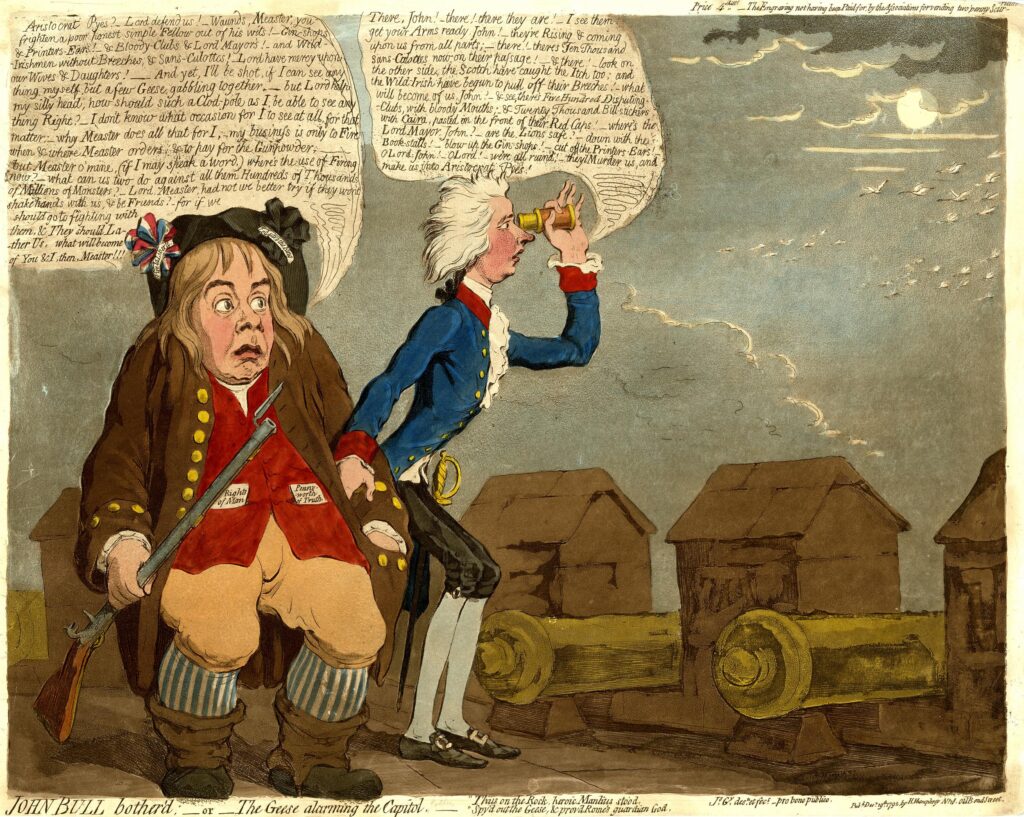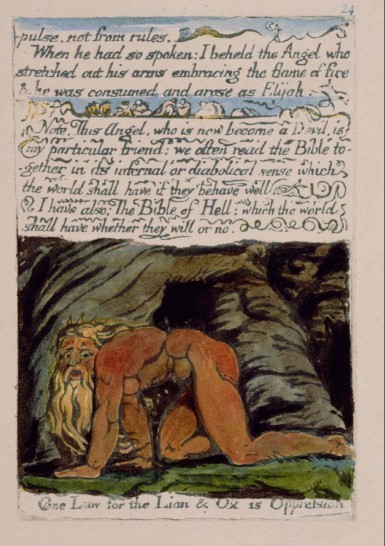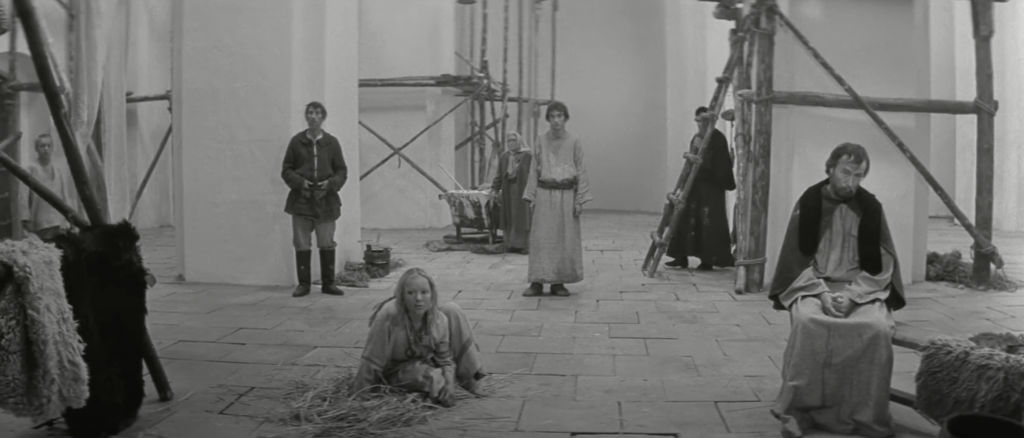While on a quick but lovely trip to Prague–and since Milan Kundera had died recently–I decided to read a book that I had not read before, Kundera’s The Book of Laughter and Forgetting (translated from French by Aaron Asher).
It is a set of linked stories with some essay-like passages, “a novel in the form of variations” (p. 227). The stories constantly recombine leitmotifs: the acts of laughter and forgetting that are named in the title plus dancing (especially in circles), caches of letters, literary writing, and sex. I think the novel as a whole avoids any theory–any consistent and organized way of combining its major themes that might reflect a truth about the world. Instead, it plays with them. Perhaps the resistance to theory and the embrace of free play is itself a theory of both literature and politics, a kind of liberalism that emphasizes the right to have and to express a complex and individual inner life.
The gender binary is very evident, and there is a lot of sex as well as some rape. The most admirable characters are women; most of the men are pretty bad. But the women are mostly defined by their relationships to male lovers.
For instance, exiled in France, Tamina is surrounded by privileged bourgeois citizens of a free republic who want to express themselves in writing (for the sake of being writers), bend her ear with their concerns, or have sex with her, and none of them is willing to assist her at any personal cost. The narrator says:
[This] is a novel about Tamina, and whenever Tamina goes offstage, it is a novel for Tamina. She is its principal character and its principal audience, and all the other stories are variations on her own story and meet with her life as in a mirror (p. 227).
One of Tamina’s admirable features is her steadfast love for her late husband, an exiled Czech dissident/writer–someone who sounds rather like Milan Kundera, albeit with a shorter lifespan.
Tamina doesn’t have much of an agenda: cultural, political, or otherwise. That’s fine; she’s just trying to live her life. But one gets that sense that this is not really “a novel about Tamina.” It’s a novel about someone like Kundera, as seen by his devoted wife. Indeed, as a deceased Czech dissident, Tamina’s husband is now purely good–a figure worthy of grief who cannot possibly do any harm. Tamina strives to preserve his memory.
The narrator writes:
The gaze of a man has often been described. It seems to fasten coldly on the woman, as if it were measuring, weighing, evaluating, choosing her, as if, in other words, it were turning her into a thing.
Less well known is that a woman is not entirely defenseless against that gaze. If she is turned into a thing, then she watches the man with the gaze of a thing. It is as if a hammer suddenly had eyes and watched the carpenter grip it to drive in a nail. Seeing the hammer’s malicious gaze, the carpenter loses his self-confidence and hits his thumb.
The carpenter is the hammer’s master, yet it is the hammer that has the advantage over the carpenter, because a tool knows exactly how it should be handled, while the one who handles it can only know approximately how (pp. 285-286).
Could this be reversed, to talk about a woman’s gaze at a man? Could the hammer think about anything other than the carpenter?
I cannot address the whole of Kundera’s oeuvre, let alone his peers and influences, but I did find this general thesis in Matonoha (2014):
The reduction of women to objects, which are observed or used by male subjects, is a conspicuous feature of Czech prose. By the same token, this classic feminist critical topos (man in the position of a subject, woman reduced to the position of an object) is further internally structured in Czech prose. Generally speaking, the following model is more or less repeated: at first glance — objectification, reification, fetishization, trivialization; on a second plane — proving that the male character is misunderstood, reduction of the female character, and the uncovering of his existential dependence on a loving female character; however, it is the next, higher, plane that uncovers the real, unreflected patriarchal and androcentric groundwork of the whole epistemological and ethical complex. Therefore, the model does not only include banal sexism and scopophilia (although they are plentiful) but also, on the second plane, paradoxically flattering and therefore even more treacherous identities …
Matonoha discusses Lucie from Kundera’s The Joke (1967) as the novelist’s first example of a recurrent type, the “idealized silent woman.” This also seems to be Tamina’s role in The Book of Laughter and Forgetting. And the narrator tells us that she is the center of that whole book.
Kundera is a political writer insofar as he sees state communism as hostile to individual flourishing. His female characters are among the victims of that system. But he seems to miss the possibility that they are also oppressed on account of their gender and that men like him can play a role analogous to the state’s.
Source: Matonoha, J., 2014. Dispositives of Silence: Gender, Feminism and Czech literature between 1948 and 1989. In The Politics of Gender Culture under State Socialism (pp. 162-187). Routledge. See also: Ivo Andric, Bosnian Chronicle, Or, The Days of the Consuls; The Dictionary of the Khazars, pro and con; Vaclav Havel





